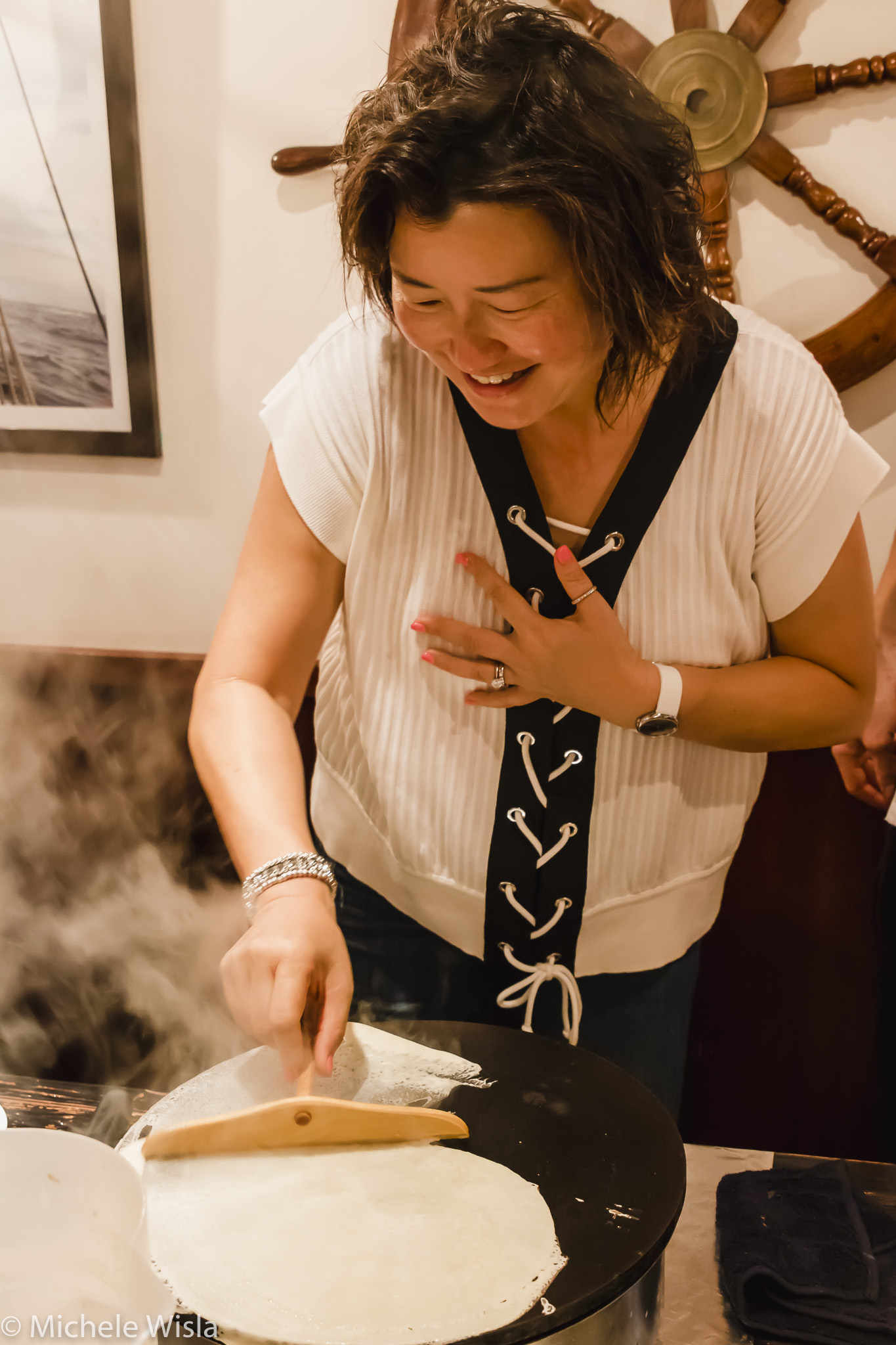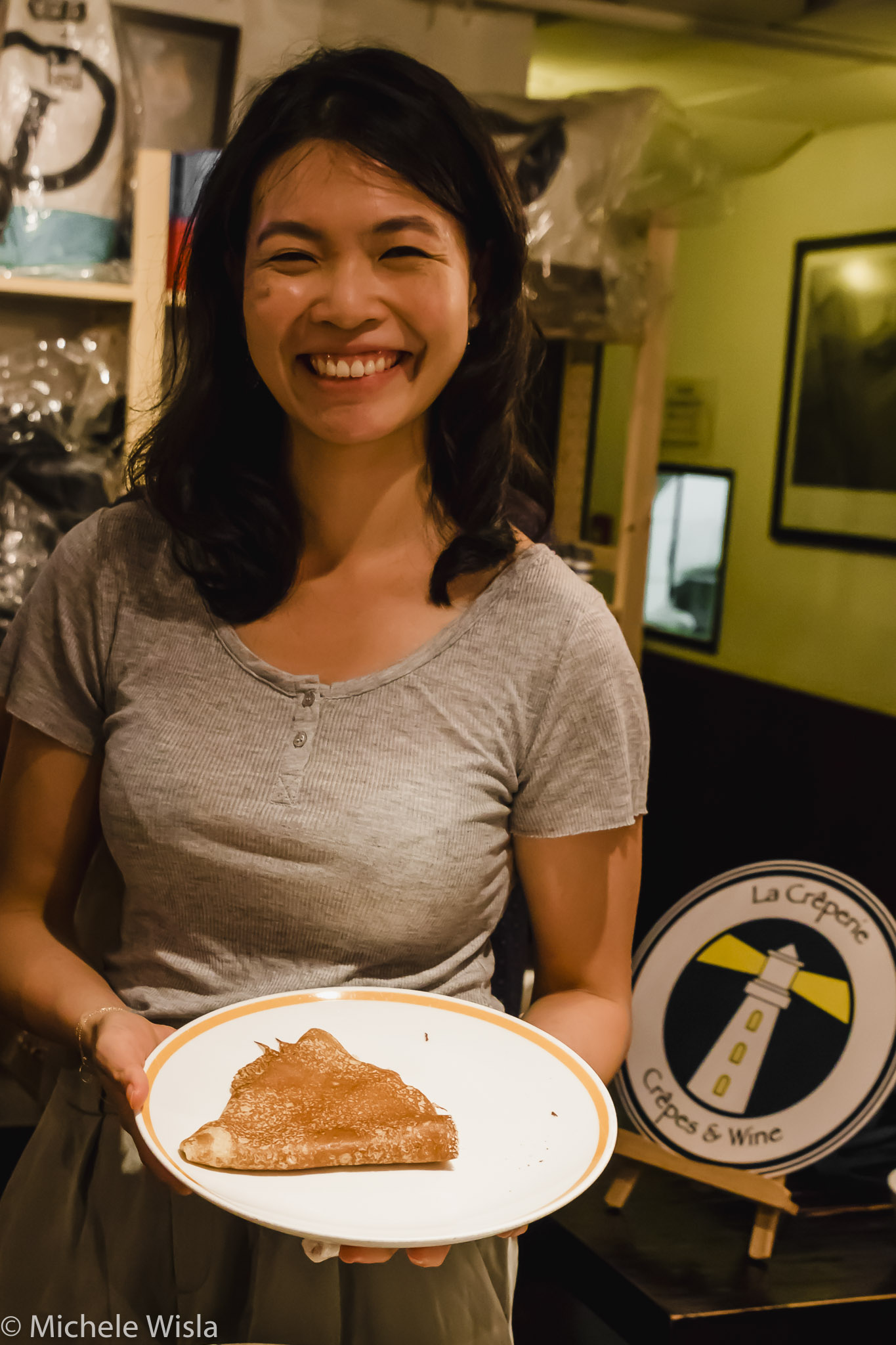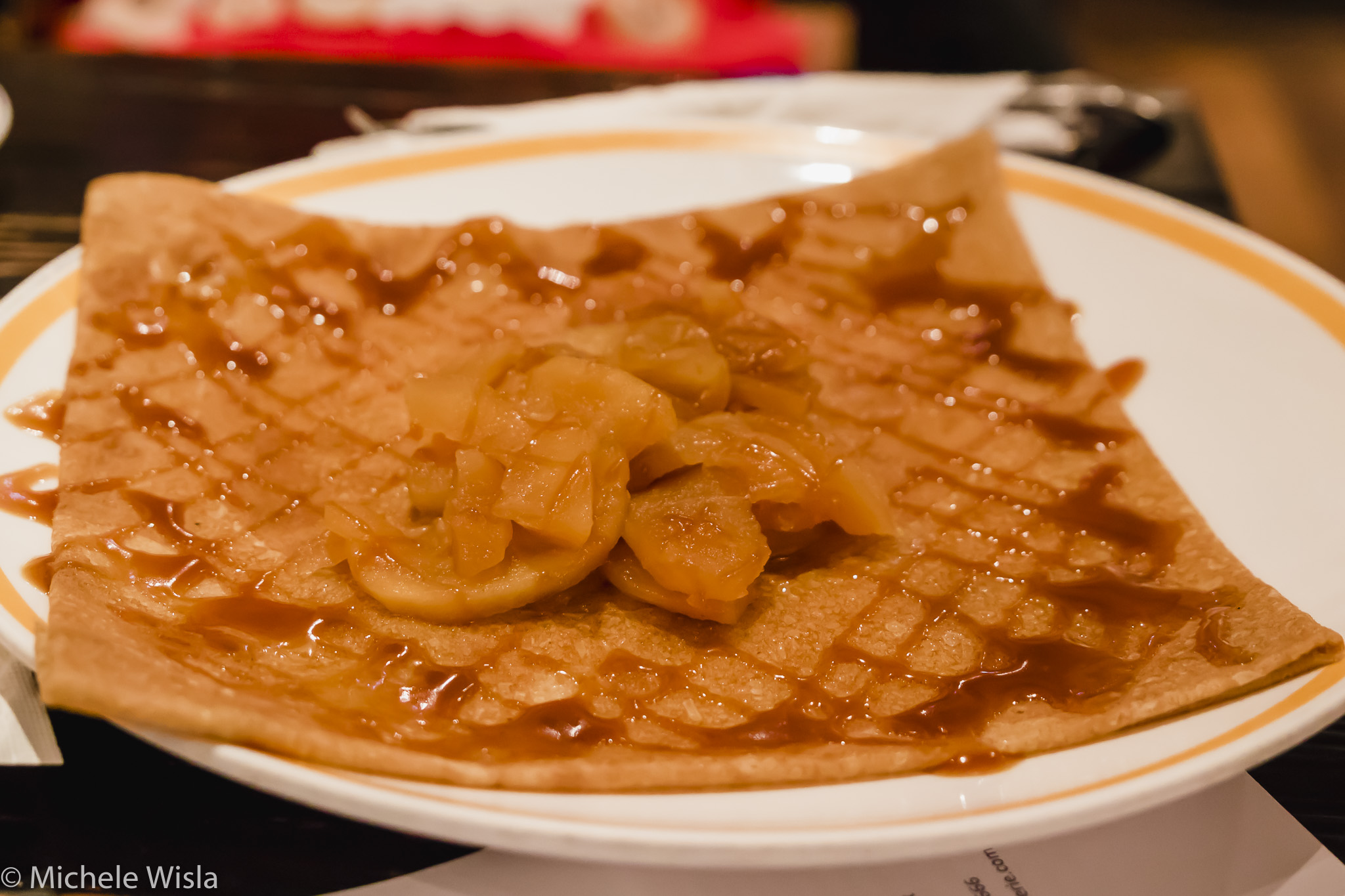Crêpe Making Workshop with La Crêperie
Article and photos by Michele Wisla
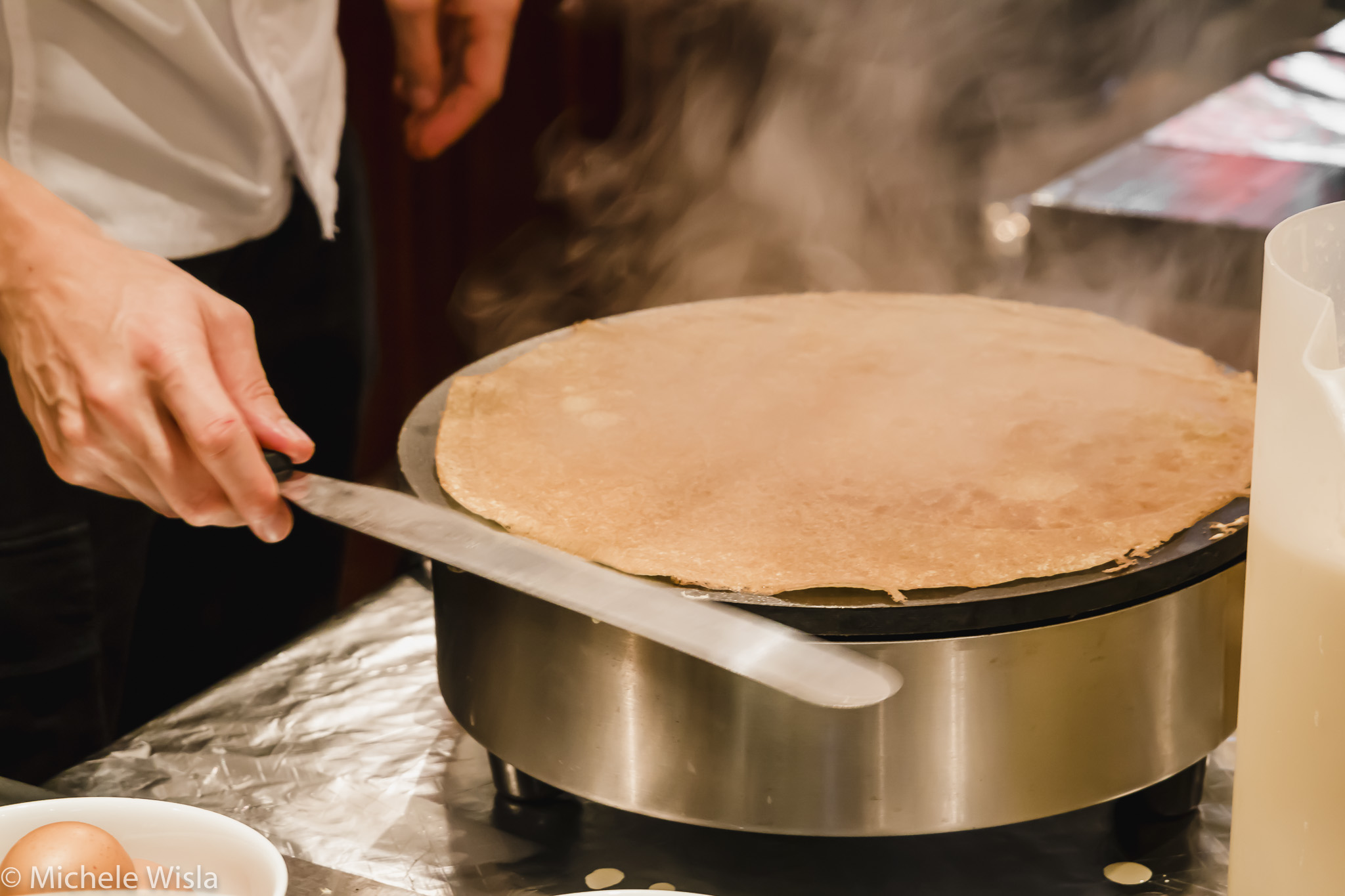
Originating in the far western region of Brittany in France with its steep and wild landscape, crêpes became popular there in the 12th century after buckwheat arrived on the region’s rocky shores. Buckwheat was particularly suited to become a mainstay in the region since it easily grew on the bleak landscape. The Britons took advantage of this high fiber, high protein grain using it to make crêpes filled with whatever was in season and available, both sweet and savory. Starting in the 20th century, white flour began to be used but buckwheat is still the most traditional flour.
Slow Food Hong Kong’s Crêpe Making Workshop with La Crêperie on 1 September 2018 brought food lovers together to try their hand at crêpe making following a brief demonstration. A set meal was also included at the end for everyone to relax and enjoy both sweet crêpes and savory galettes.
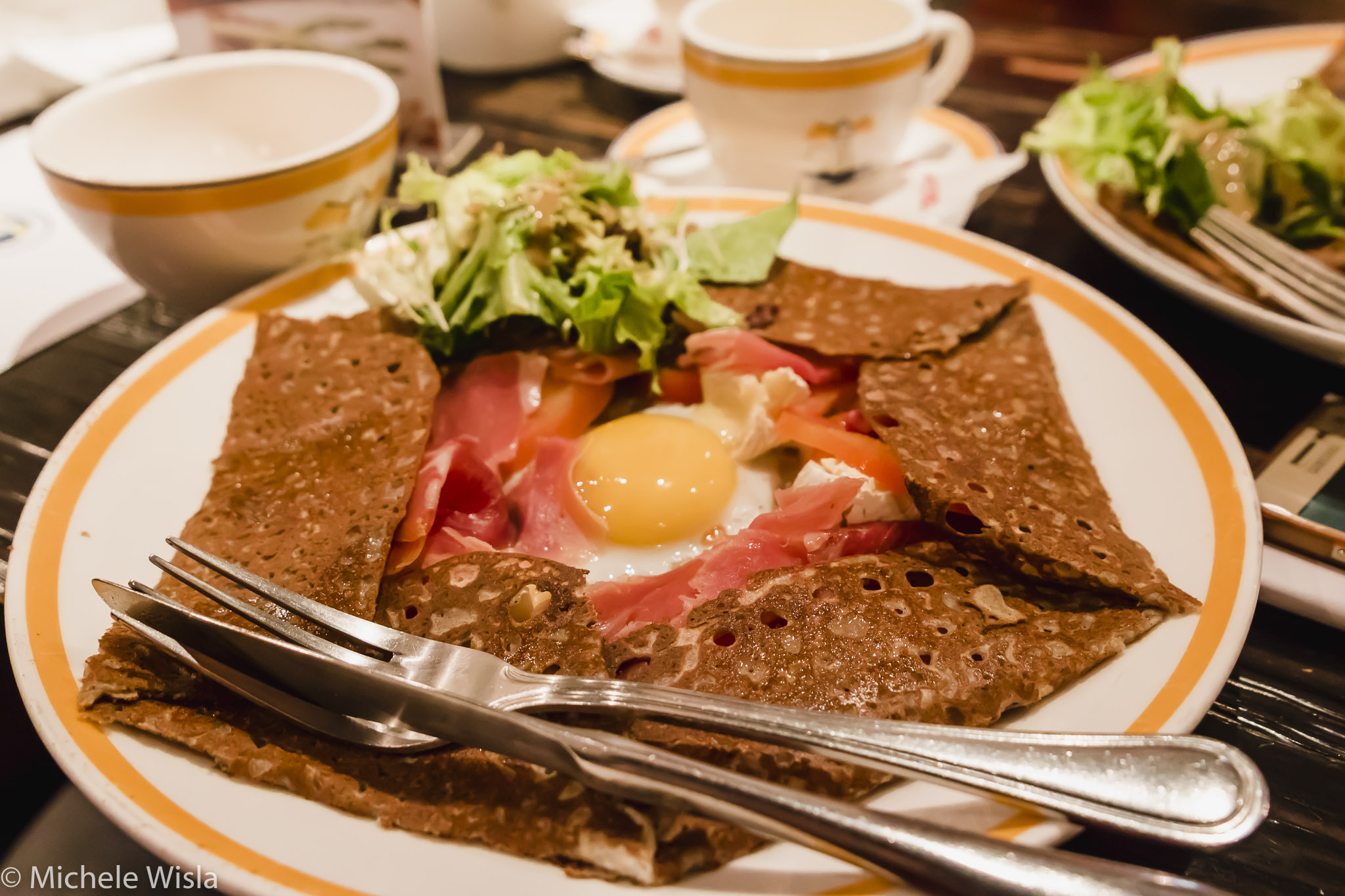
La Crêperie started in Shanghai about 10 years ago and has since opened three locations in Hong Kong and one in Ho Chi Minh City, Vietnam. On a mission to bring the pleasure of Brittany food to Asia, they’ve focused on the famous crêpes and galettes of the region as well as other signature dishes imported from Brittany like oysters and apple juice. Brittany cider is also served authentically in a clay cup called a bolée, the traditional drink to enjoy with crêpes.
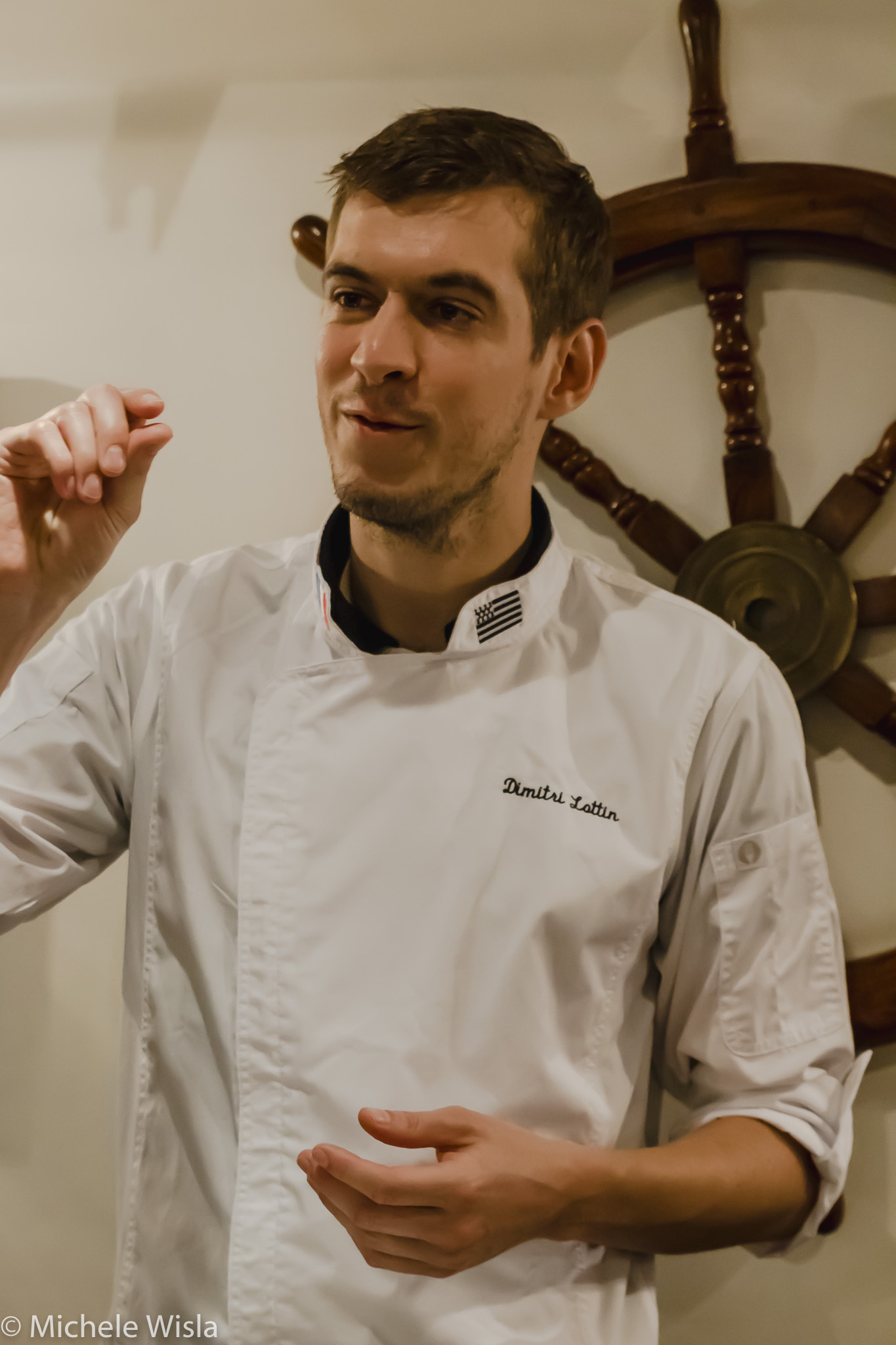
La Crêperie chef Dimitri Lottin explained that crêpes are made with a white flour and usually have a sweet filling while galettes, made with buckwheat, have a savory filling. The buckwheat that La Crêperie uses is from France as it tastes lighter and more flavorful than other types sold in Hong Kong.
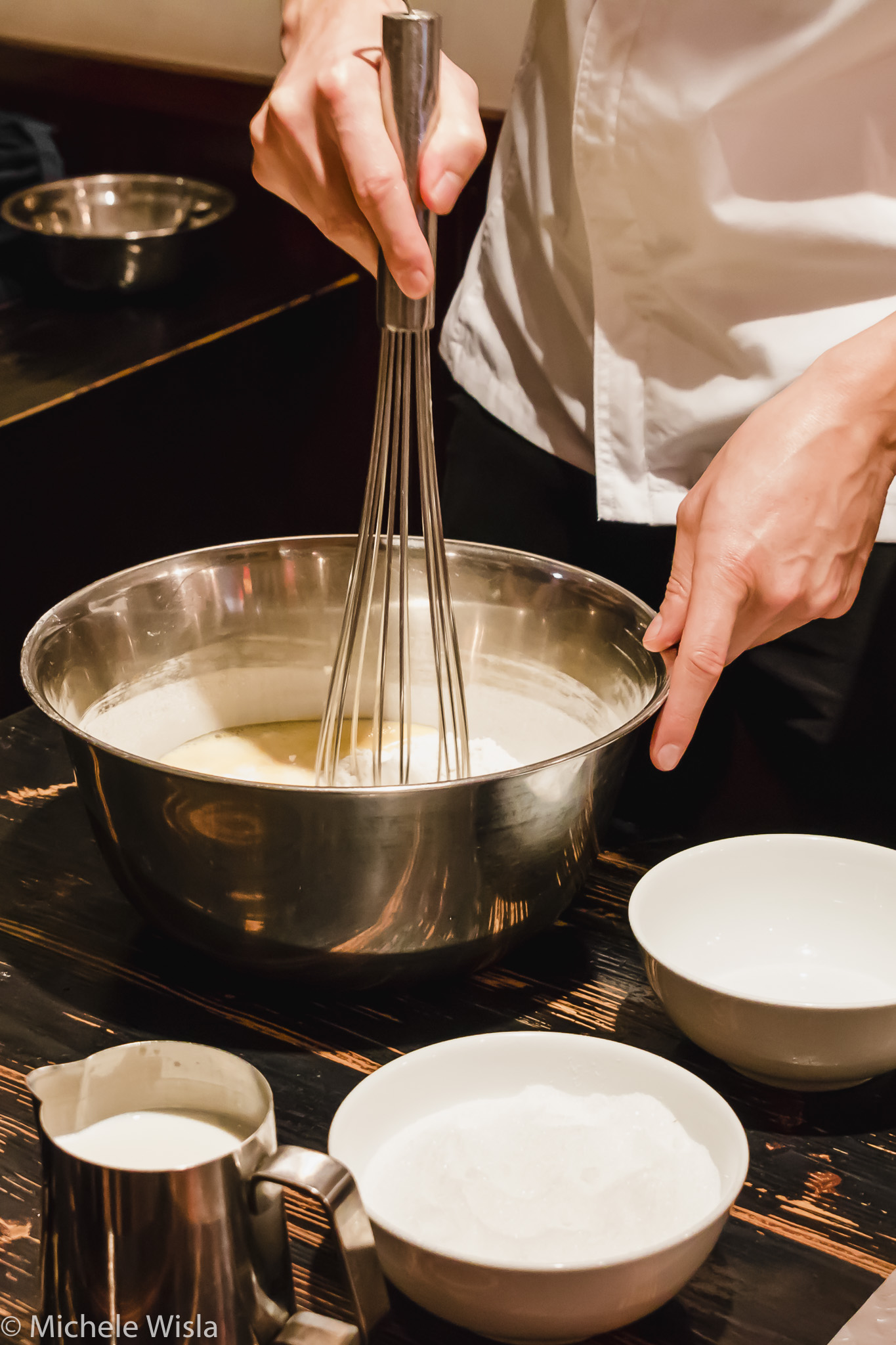
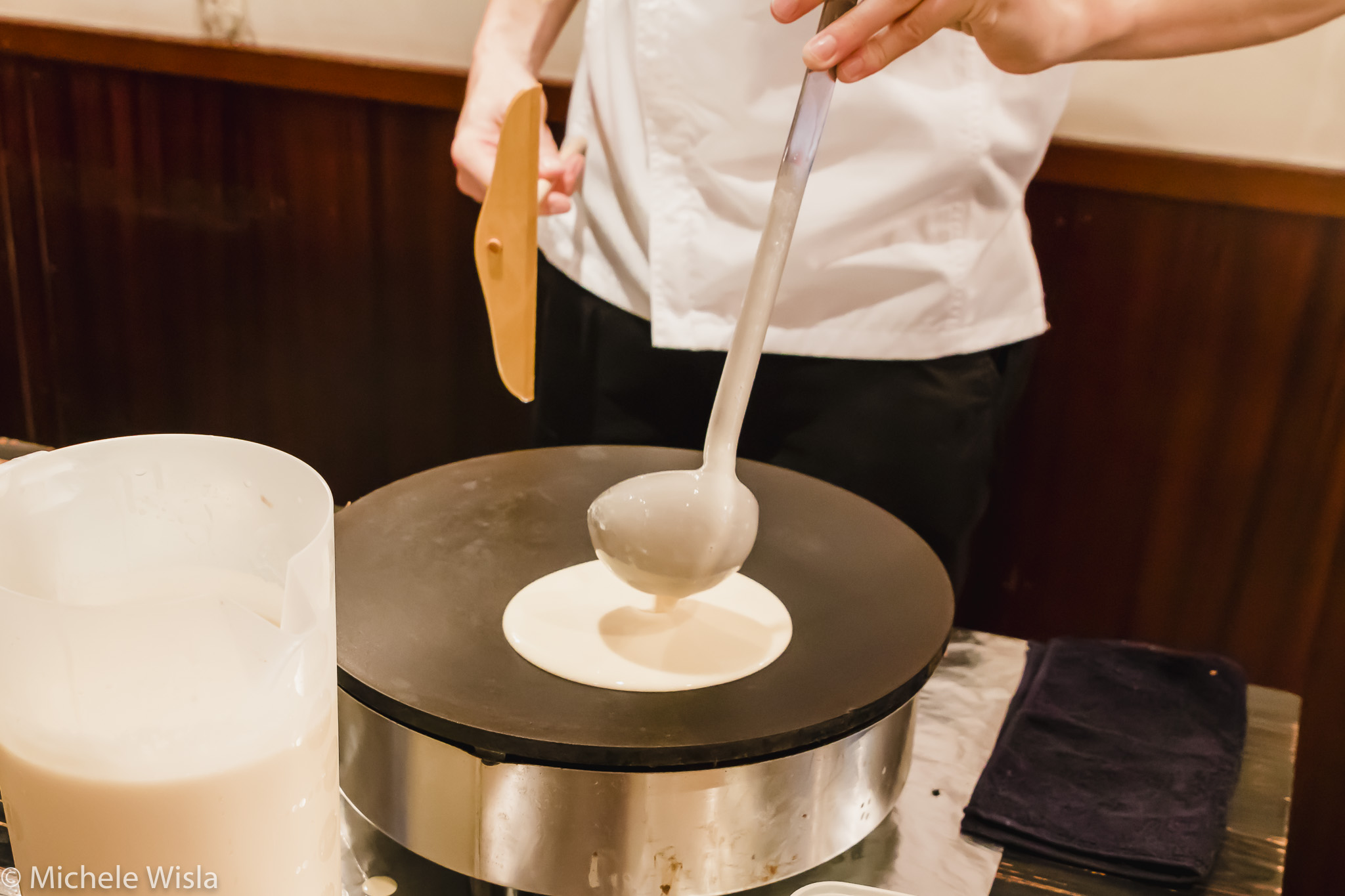
Chef Dimitri demonstrated his crêpe making technique as we gathered around a billig, the traditional crêpe-cooking machine. In order to flip the crêpe easily, the billig with its flat surface and no sides is the best type of pan to use. After adding a ladleful of batter to the surface of the billig, Dimitri uses his roselle, a T-shaped spreader traditionally made of rosewood, to spread the crêpe in a circular motion around the top of the pan as thin and as uniformly flat as possible.
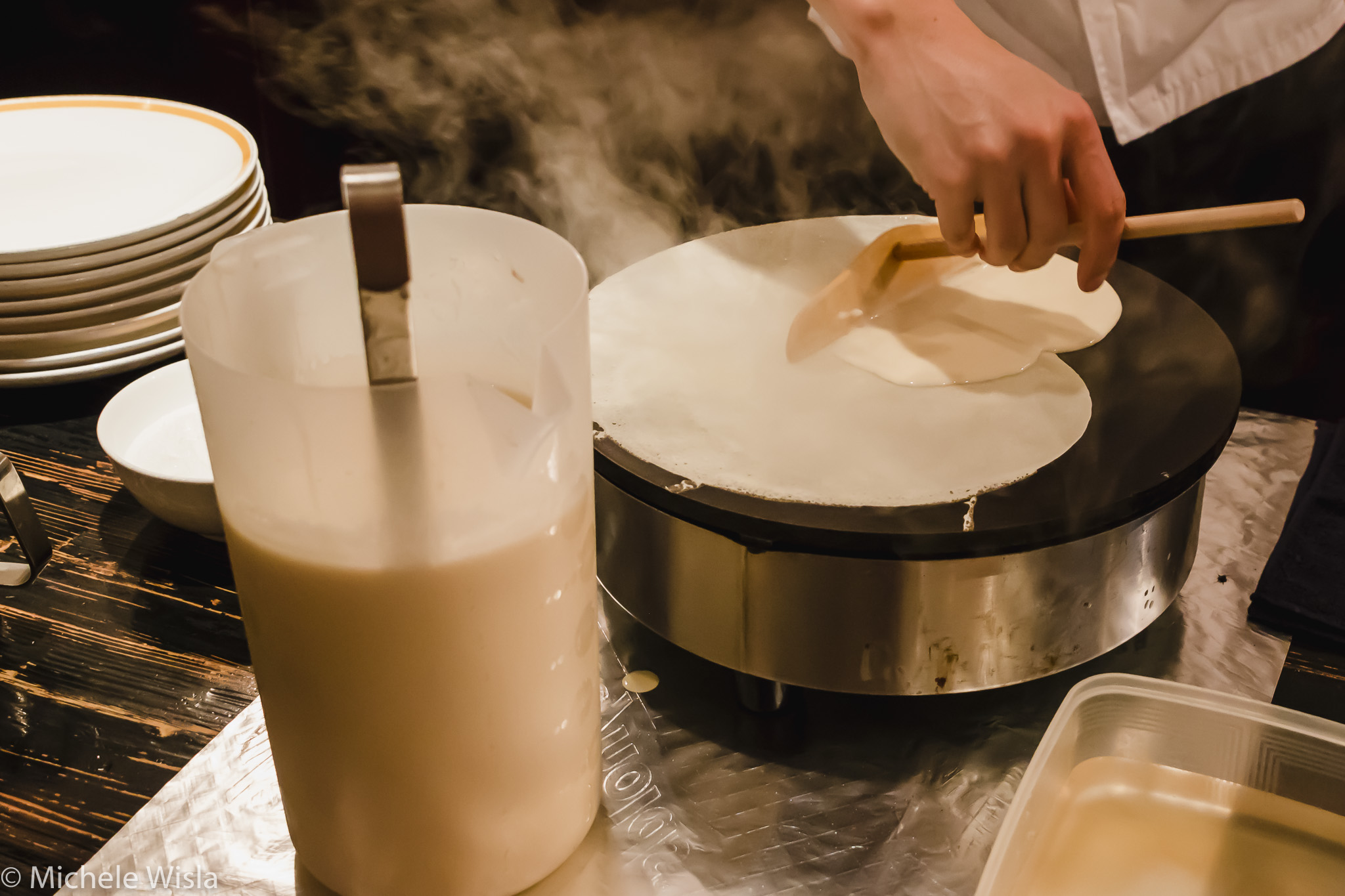
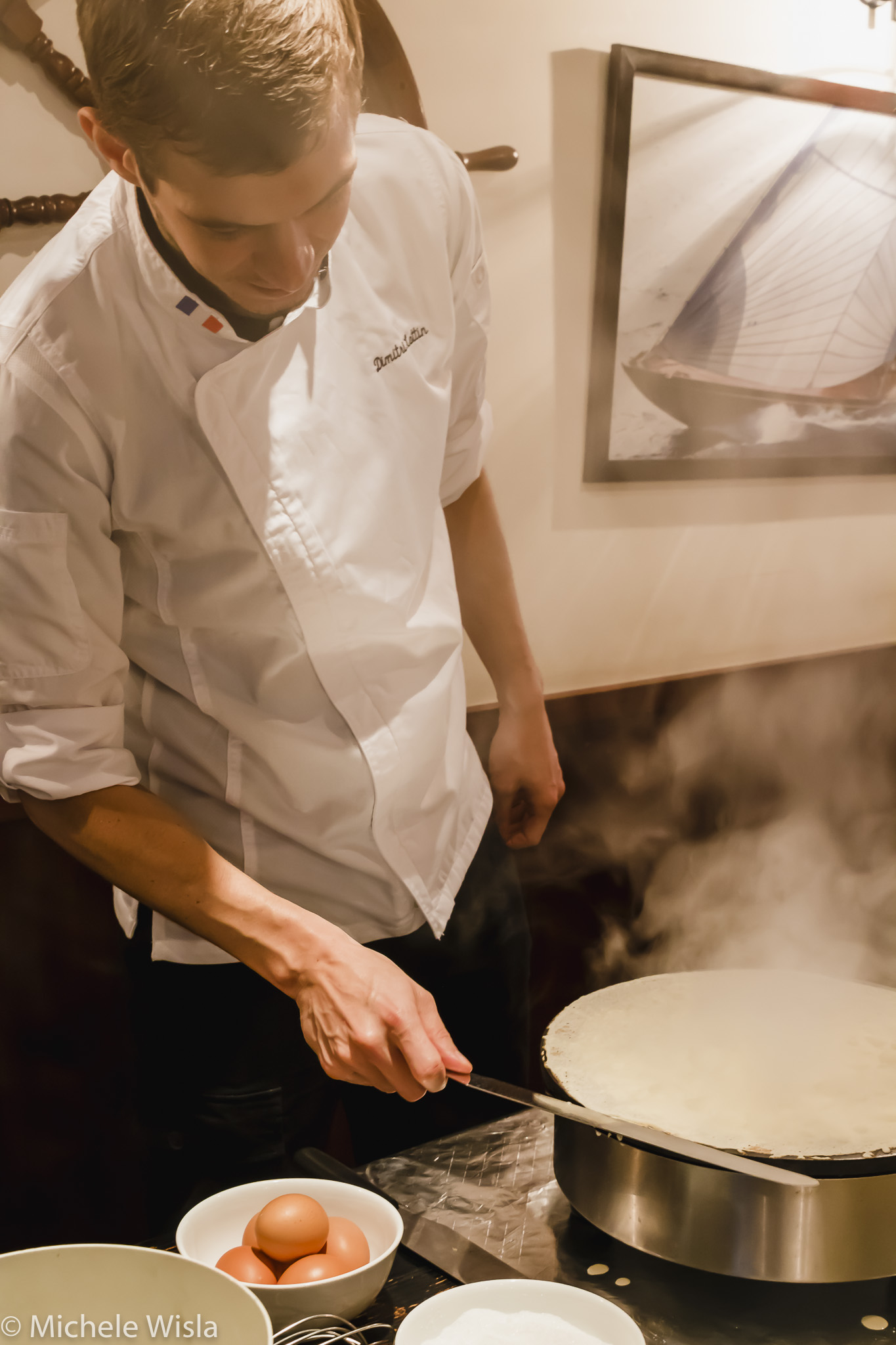
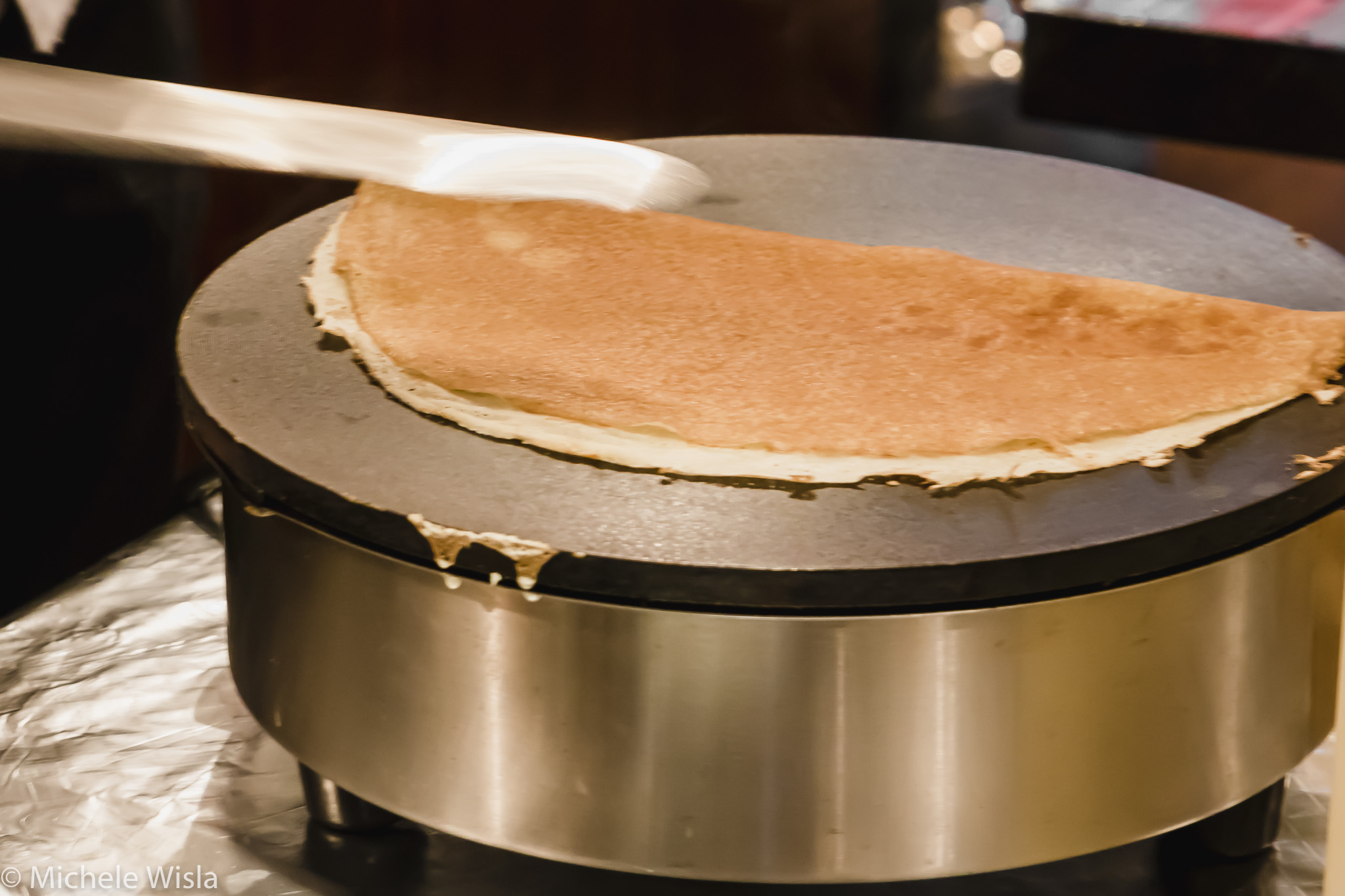
We found out when trying to imitate his technique, if the batter is spread too slowly, parts of the crepe will be thicker than other parts, it will not be uniformly cooked, and it will taste too doughy. After the batter cooks a couple of minutes, it’s flipped it over with a flat spatula to cook the other side a bit before lifting and folding it into either a triangular shape for the crêpes or a square shape for the galettes.
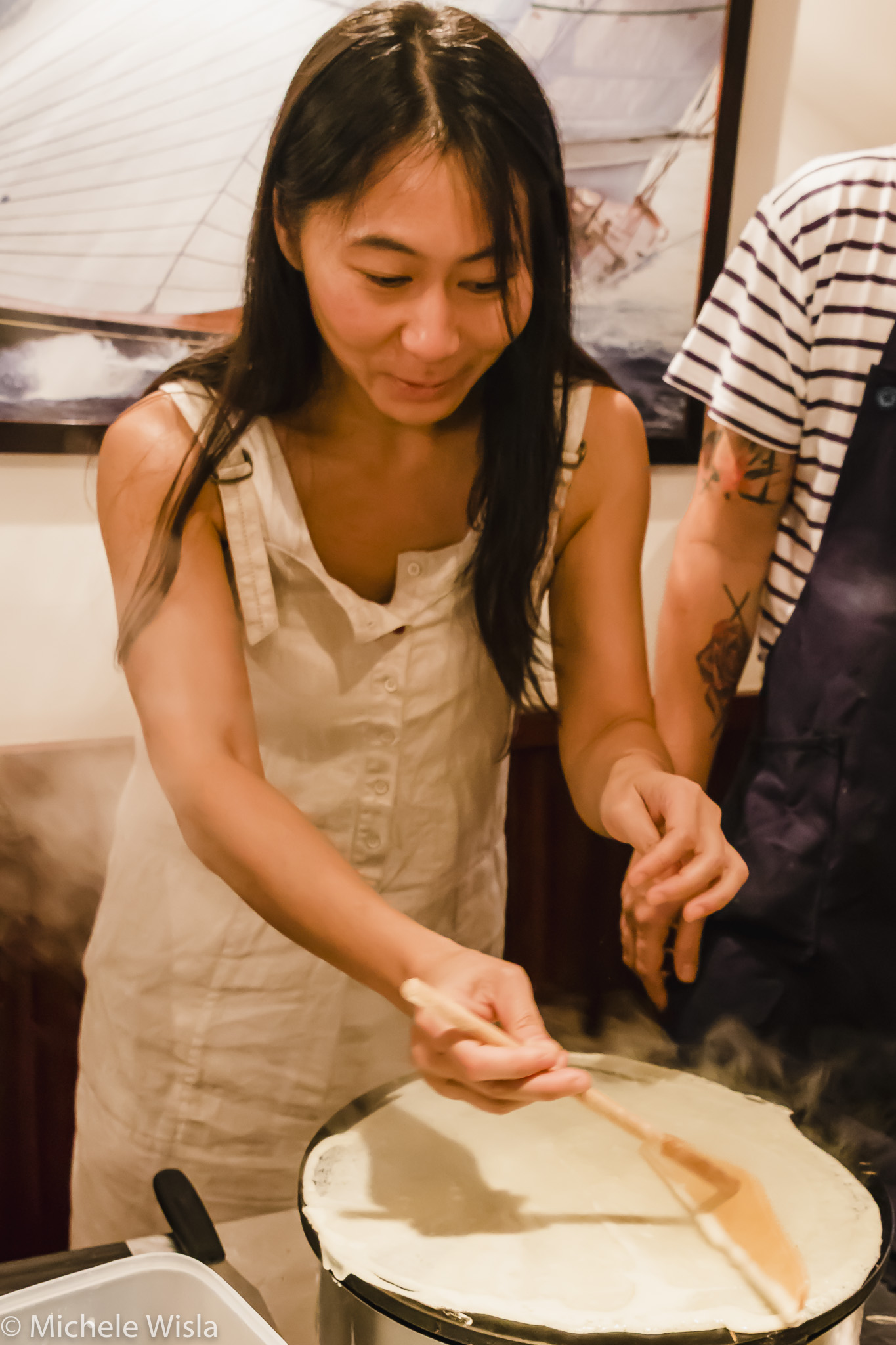
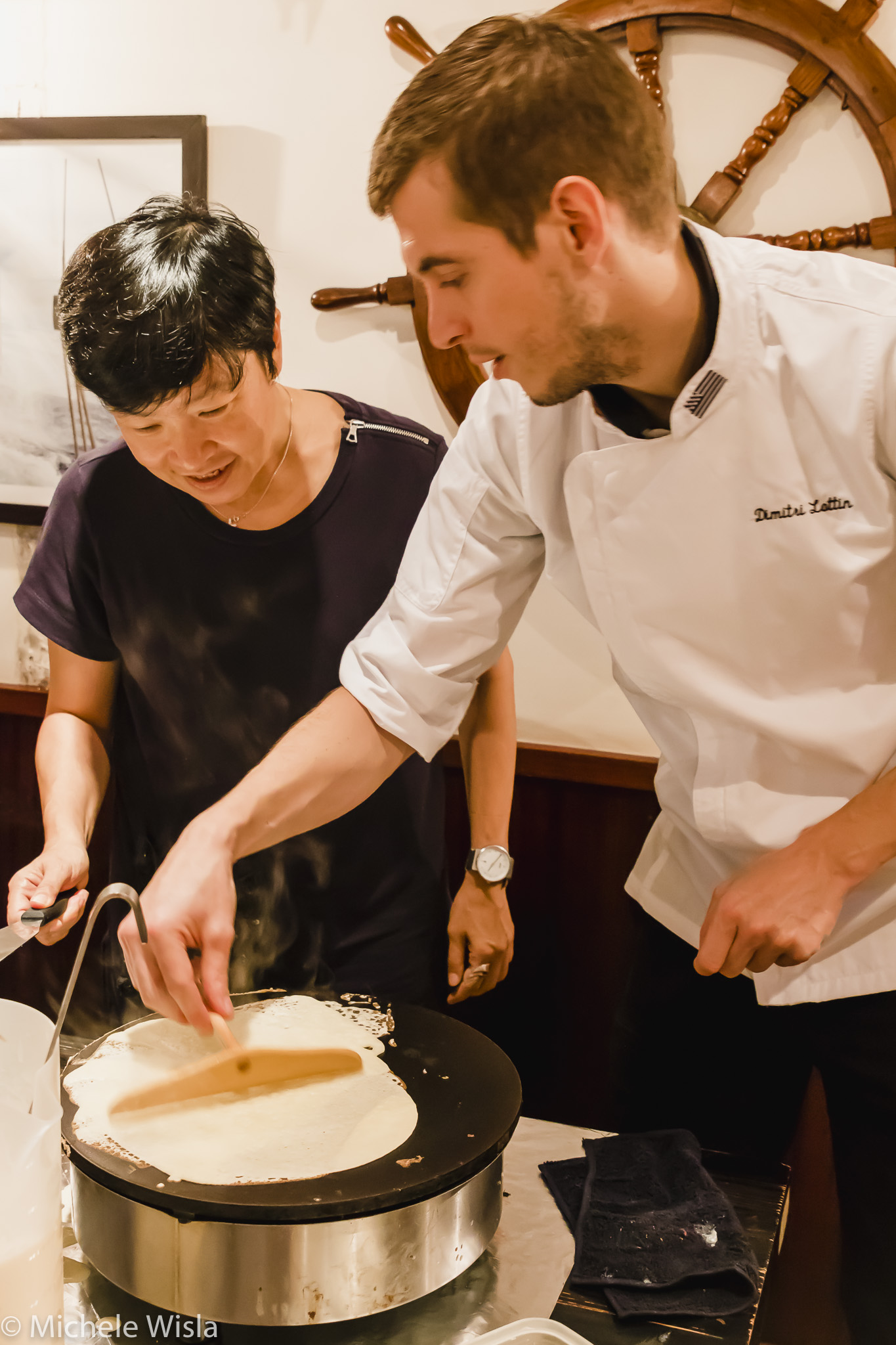
Everyone took turns stepping up to the billig to try their hand at the crêpe-making. Some crêpes were browned more than others. Some were flatter and less wavy than others. Some were oval shaped or didn’t quite have rounded edges while some were perfect circles. Either way they all tasted like the special treat we associate crêpes with in our mind. By the time the last people finished, we had an opportunity to observe what worked and better understand the technique that goes into making this versatile food.
